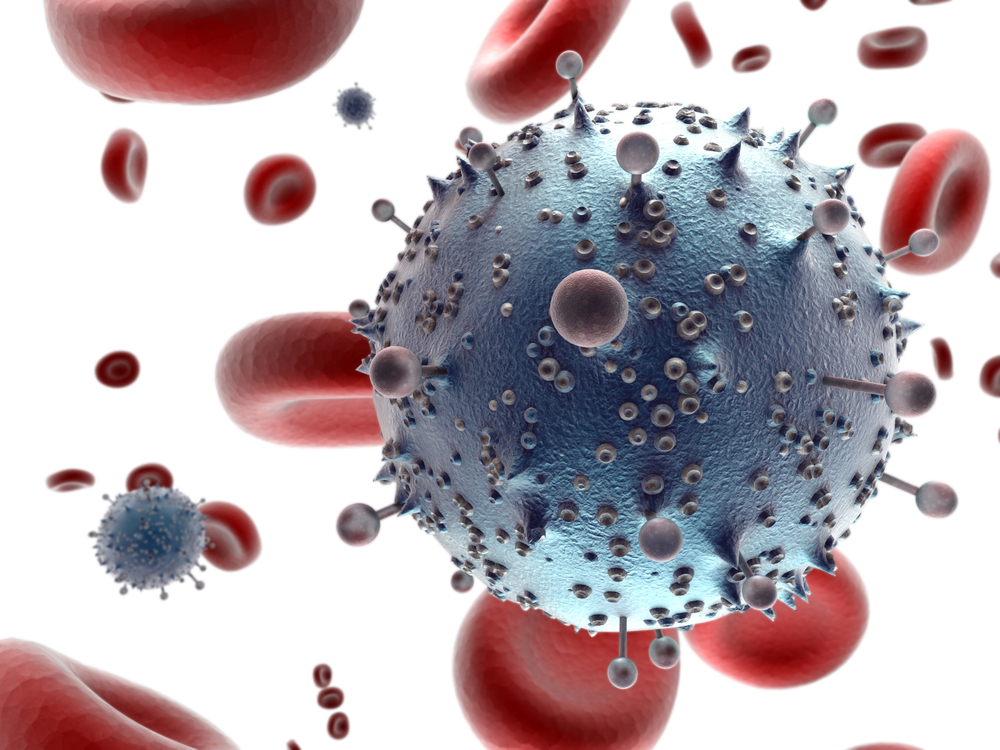 ELISPOT assay in studying infectious diseases
ELISPOT assay in studying infectious diseases
The ELISPOT assay can be particularly useful in studying infectious diseases. Reliable measurements of immune responses to specific bacterial, parasitic or viral infections are often required.
The ELISPOT assay has proven to be useful in understanding newly emerging pathogens, such as SARS-CoV-2. SARS-CoV-2 specific memory B cells, as determined by the IgG B cell ELISPOT assay, were better maintained than serological antigen-specific antibody responses.1 The SARS-CoV-2 specific memory T cell response, determined by IFN-γ T cell ELISPOT assay also remained stable for at least one year2 and the frequency of SARS-CoV-2 specific IFN-γ producing cells was comparable between patients who were short-term and long-term clinically recovered from COVID-193.
In addition, the ELISPOT assay has been in use by researchers as one of the monitoring tools to study common infectious diseases, for example:
- In patients with chronic HBV the number of hepatitis B core antigen-specific IgG spots were higher in blood of patients with elevated ALT levels, compared to patients with low serum ALT levels (irrespective of the HBeAg status).4
- The number of PPD-specific IFN-γ spots did not significantly difference between macaques that were co-infected with SIV and M. tuberculosis and M. tuberculosis mono-infected animals.5
- Compared to healthy children, IFN-γ and IL-17A responses among S. aureus-infected children are significantly reduced.6
- T cell responses observed during hepatitis C virus (HCV) infection were similar to those in a recently developed mouse model during rodent HCV-like virus (RHV) infection. The highest proportions of RHV-specific T cells producing IFN-γ after ex vivo stimulation with RHV peptides, were detected against viral nonstructural proteins and the frequencies of RHV-specific T cells in the liver were higher than in the spleen of the same mice.7
Back to ELISPOT assay in other research areas
Examples of studies using our ELISPOT assays:
Click on the authors for the abstract of the below mentioned acticles or find them in our Reference Database.
- Moore T et al. (2022) SARS-CoV-2-Specific Memory B Cell Responses Are Maintained After Recovery from Natural Infection and Postvaccination. Viral Immunol 35(6): 425-436
- U-CyTech products used in this study:
- Feng C et al. (2021) Protective humoral and cellular immune responses to SARS-CoV-2 persist up to 1 year after recovery. Nat Commun 12(1): 4984
- U-CyTech products used in this study:
- Zhao B et al. (2021) Alterations in Phenotypes and Responses of T Cells Within 6 Months of Recovery from COVID-19: A Cohort Study. Virol Sin 36(5): 859-868
- U-CyTech products used in this study:
- Vanwolleghem T et al. (2020) Hepatitis B core-specific memory B cell responses associate with clinical parameters in patients with chronic HBV. J Hepatic 73(1): 52-61
- U-CyTech products used in this study:
- Guo M et al. (2017) SIV Infection Facilitates Mycobacterium tuberculosis Infection of Rhesus Macaques. Front Microbial 7: 2174
- U-CyTech products used in this study:
- Monkey species: Macaca mulatta
- Li Z et al. (2022) Impaired T lymphocyte responses during childhood Staphylococcus aureus infection. J Infect Dis 225(1): 177-185
- U-CyTech products used in this study:
- Dravid P et al. (2023) Phenotype and fate of liver-resident CD8 T cells during acute and chronic hepacivirus infection. PLoS Pathog 19(10): e1011697
- U-CyTech products used in this study: